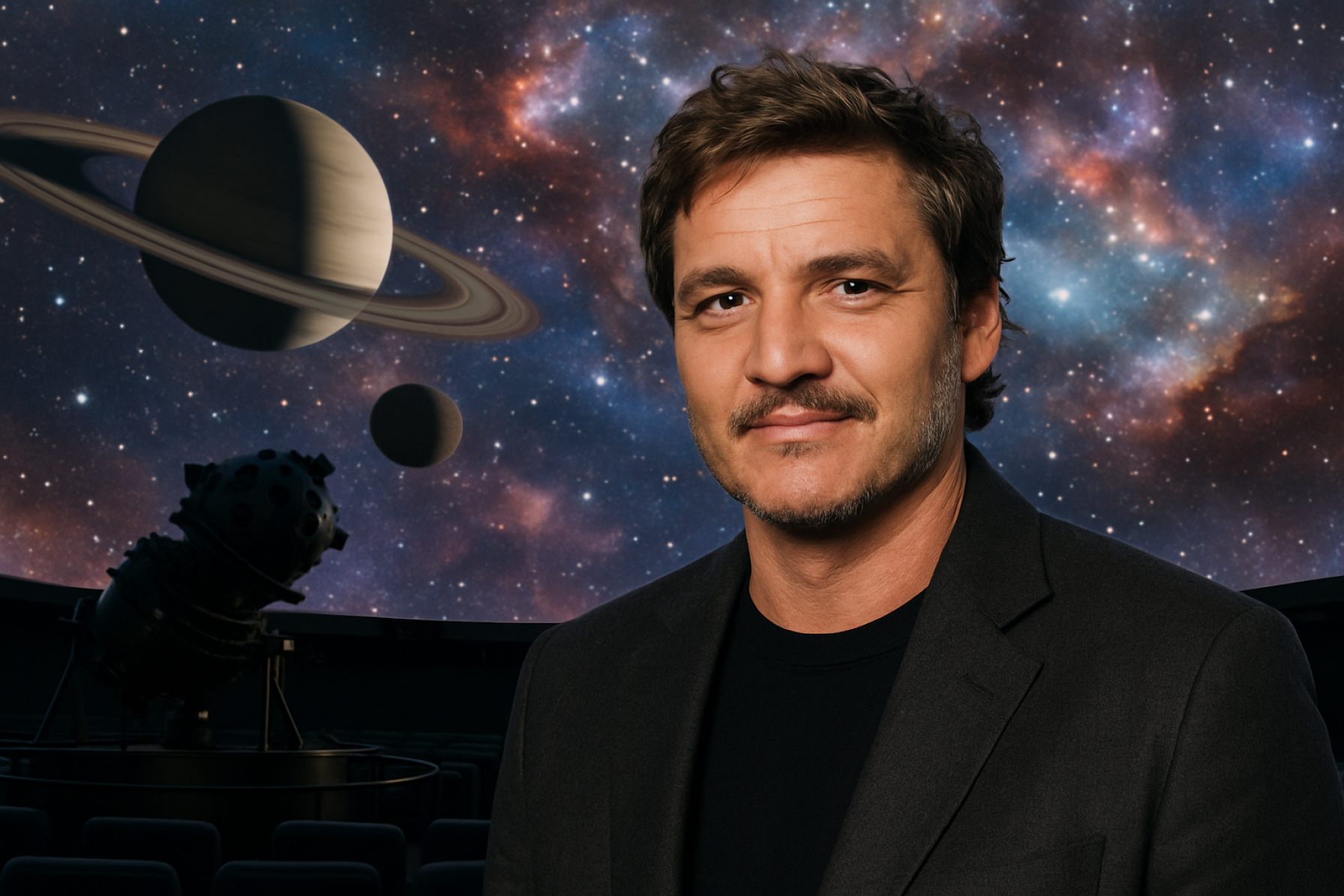Why Pedro Pascal’s New Space Show at Hayden Planetarium Is Blowing Everyone’s Mind—And May Change What We Know About the Galaxy
Pedro Pascal narrates “Encounters in the Milky Way,” debuting at Hayden Planetarium—featuring stunning science, thrilling visuals, and a cosmic first.
- 2 billion stars mapped by ESA’s Gaia mission featured in show
- 7th immersive space show at Hayden Planetarium
- 20-minute adventure through star fields and galactic phenomena
- First-ever new cosmic structure detected during show production
The universe just got a lot more captivating—and not just because Pedro Pascal is your charismatic tour guide.
On June 9, the American Museum of Natural History’s legendary Hayden Planetarium launches its latest immersive space spectacular: Encounters in the Milky Way. Narrated by the Internet’s favorite leading man, this show plunges audiences into the dazzling heart of our galaxy with jaw-dropping visuals, stirring music, and seat-shaking effects that make you feel like you’ve hitched a ride on a rocket.
This isn’t your average planetarium show. Combining cutting-edge astrophysics, stunning artistry, and the golden voice of Pedro Pascal, “Encounters” captures the planetary drama unfolding above us every night.
What Makes “Encounters in the Milky Way” Different?
Forget what you remember about space shows. In just 20 minutes, viewers are whisked on a cosmic journey past glowing constellations, swirling planet fields, and the ghostly spiral arms of the Milky Way. As your seats gently rumble, Pascal’s narration weaves together the science of how our planet spins, why seasons shift, and how even our Sun is caught up in a vast galactic migration.
How Did Real Astronomers Shape This Experience?
This cosmic adventure isn’t just eye candy. The planetarium’s team, working alongside astronomers, science visualization experts, and artists, grounded every star and simulation in rigorous research. “Encounters” draws on revolutionary data sets—including findings from the European Space Agency’s Gaia mission, which mapped nearly 2 billion stars, and breathtaking images from NASA’s James Webb Space Telescope.
Did Something Truly New Get Discovered in the Process?
Yes—and it’s big. While modeling the Oort Cloud (that icy sphere at the solar system’s edge), the show’s production team spotted a pattern never seen before: a spiral-armed shape formed by billions of comets. This remarkable find, now published in The Astrophysical Journal, suggests our understanding of the galaxy’s architecture is still evolving. Senior research scientist Jackie Faherty calls it a “pop-goes-the-Oort-cloud” kind of discovery—reminding us that sometimes, even a show about the universe can reshape what we know about it.
Why Is This All Happening Now?
2025 marks the 25th anniversary of the iconic Frederick Phineas and Sandra Priest Rose Center for Earth and Space at AMNH. There’s never been a better time for audiences—especially the next generation of stargazers and dreamers—to step into the universe’s story.
How Can You Experience the Cosmic Magic?
Head to the American Museum of Natural History as “Encounters in the Milky Way” opens to the public. Prime viewing times and ticket details can be found at their official site: amnh.org. Whether you’re a science buff, Pedro Pascal superfan, or simply curious about the mysteries overhead, this is the cosmic event you can’t miss in 2025.
Ready to stoke your sense of wonder? Don’t just look up. Step into the heart of the galaxy and see the universe with new eyes.
Before you blast off, check your space adventure checklist:
- Book your tickets at amnh.org
- Watch for new discoveries from the Gaia and James Webb missions
- Bring friends and family—wonder is contagious
- Stay curious: The universe keeps surprising us!
